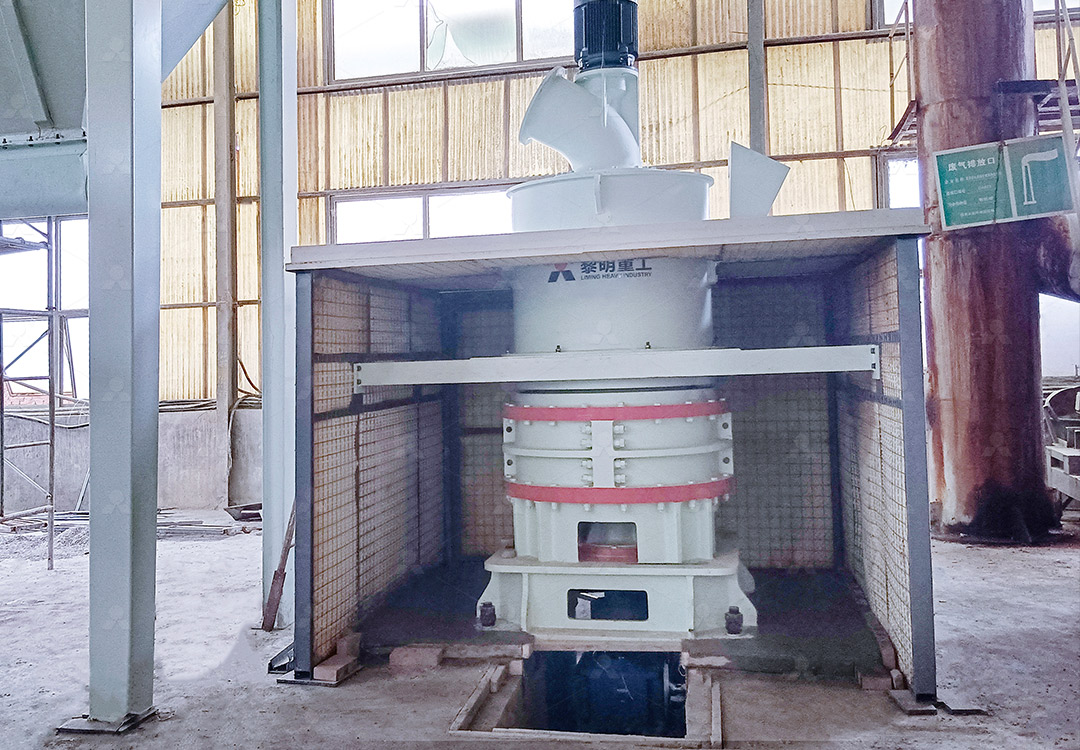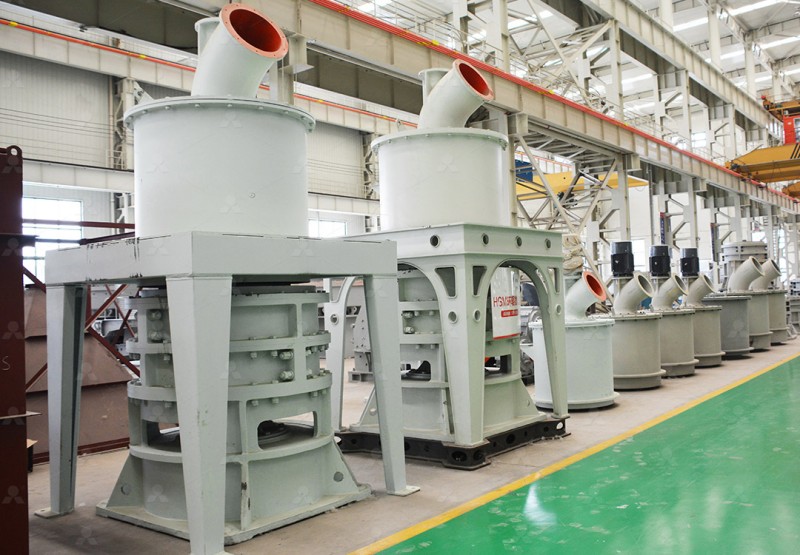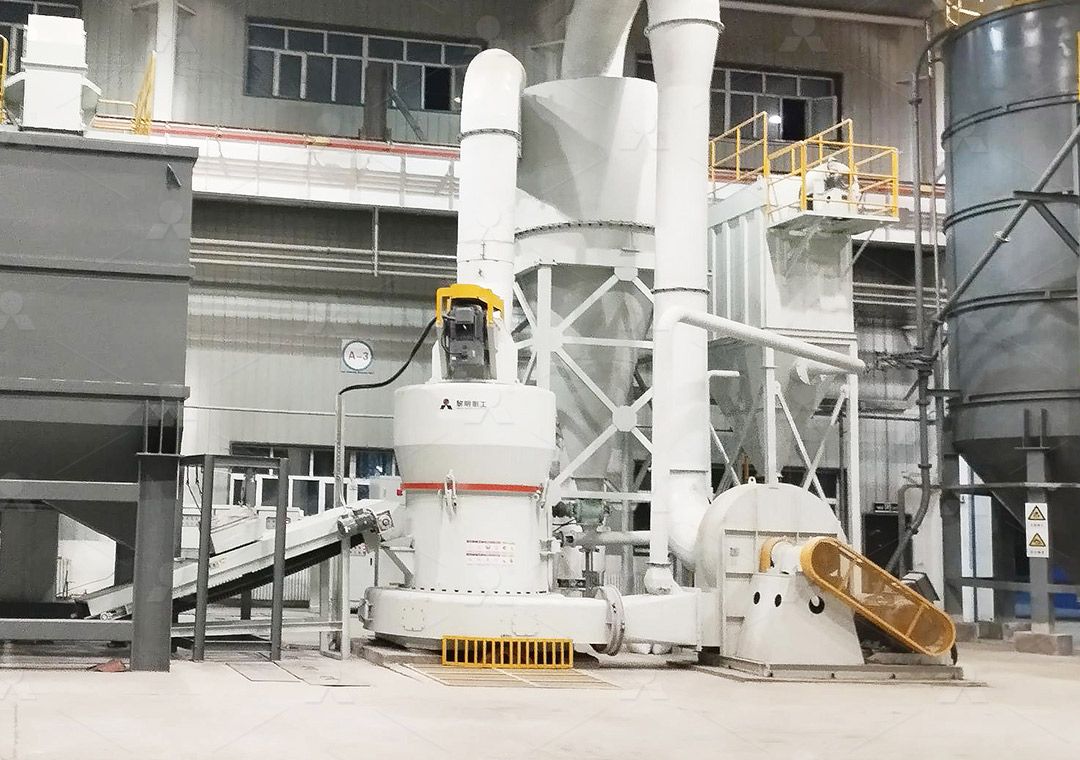Quartz Grinding Mill: Types, Applications, and Price Guide
Quartz Grinding Mill: Types, Applications, and Price Guide
When it comes to processing quartz and other hard minerals, selecting the right grinding mill isn’t just a technical decision—it’s a business-critical one. I’ve spent over fifteen years in the mineral processing industry, and I can tell you firsthand that the wrong equipment choice can cost you thousands in unnecessary downtime, energy consumption, and subpar product quality.
Quartz presents unique challenges with its hardness (7 on the Mohs scale) and abrasive nature. Traditional ball mills often struggle with efficiency and contamination issues, while basic Raymond mills may not achieve the fineness required for high-value applications. That’s why understanding the full spectrum of grinding technologies available today is essential for optimizing your operation.
Major Mill Types for Quartz Processing
The market offers several distinct grinding technologies, each with particular strengths for different production requirements:
Vertical Roller Mills have revolutionized quartz processing with their compact footprint and impressive energy efficiency. By integrating crushing, grinding, drying, and classification in a single unit, these systems eliminate multiple transfer points and reduce overall plant complexity. The vertical orientation allows material to be ground between rollers and a rotating table, with immediate classification via integrated separators.

European Trapezium Mills represent an evolution of traditional Raymond mill technology with significant improvements in efficiency and durability. Their bevel gear transmission systems provide smoother operation than traditional worm gear setups, while advanced impeller designs offer more precise particle separation. These mills excel in mid-range production scenarios where reliability and consistent output are paramount.
Ultrafine Grinding Mills occupy the premium segment for applications requiring exceptionally fine powders. Using advanced grinding principles and sophisticated classification systems, these mills can produce powders with particle sizes down to 5 microns or less. The technology typically involves multiple grinding zones and high-precision separators to achieve narrow particle size distributions.
Key Selection Criteria
Choosing between these technologies involves balancing several factors:
Target Fineness: Are you producing coarse fillers (100-400 mesh) or high-value specialty powders (1000-2500 mesh)? This single factor often dictates your technology options.
Production Capacity: Laboratory-scale operations (under 1 tph) have different needs than full-scale production facilities (20+ tph).
Energy Efficiency: Grinding is notoriously energy-intensive. Modern mills can reduce power consumption by 30-50% compared to decade-old equipment, making operational costs a major consideration.
Contamination Control: Some applications demand extreme purity, requiring mills with minimal metal-to-metal contact and advanced sealing systems.
Spotlight: MW Ultrafine Grinding Mill
For operations requiring the finest quartz powders, our MW Ultrafine Grinding Mill represents a technological leap forward. Having personally supervised installations at several quartz processing facilities, I’ve witnessed its ability to consistently produce powders between 325-2500 mesh with remarkable efficiency.
What sets the MW series apart is its innovative grinding chamber design that eliminates rolling bearings and screws from the grinding zone. This isn’t just a minor improvement—it fundamentally changes maintenance dynamics and contamination risk. The external lubrication system allows continuous operation without shutdowns for lubrication, while the German-designed cage-type powder selector provides unprecedented classification accuracy.

With capacity ranging from 0.5 to 25 tph and input size up to 20mm, the MW mill handles everything from small specialty batches to continuous production. The integrated pulse dust collector and muffler system addresses the two most common complaints about grinding operations—dust and noise—making it suitable for plants with strict environmental requirements.
Application-Specific Recommendations
For construction materials like quartz-based engineered stone, the MTW European Trapezium Mill often provides the ideal balance of cost and performance, producing consistent 100-400 mesh powders efficiently.
For electronics and high-purity applications, the contamination control and precise classification of the MW Ultrafine Grinding Mill make it worth the investment, particularly when producing powders finer than 800 mesh.
For large-scale industrial minerals production, the LM Vertical Grinding Mill offers compelling advantages in energy efficiency and footprint, especially for operations processing 10+ tph.
Investment Considerations
Pricing for quartz grinding mills varies significantly based on capacity and technology level. Basic Raymond mills might start around $50,000 for small units, while full-scale ultrafine grinding systems can approach $500,000. However, the purchase price tells only part of the story—operational costs over a 5-year period often exceed the initial investment.
The MW Ultrafine Grinding Mill, while representing a higher initial investment, typically demonstrates a 12-18 month ROI through its 40% higher production capacity compared to jet mills and 30% lower energy consumption. The reduced maintenance requirements—thanks to its unique bearing-free grinding chamber—further enhance its lifetime value proposition.

Frequently Asked Questions
What is the typical energy consumption for quartz grinding?
Energy usage varies dramatically with target fineness. Coarse grinding (100-200 mesh) might consume 25-35 kWh/t, while ultrafine grinding (2500 mesh) can require 80-120 kWh/t. Modern mills like the MW series achieve the lower end of these ranges through optimized grinding mechanics.
How often do grinding elements need replacement?
In quartz applications, traditional mill rollers and rings might require replacement every 800-1,200 hours. The MW Ultrafine Grinding Mill’s specially formulated wear components typically last 1,500-2,000 hours in the same service, reducing both part costs and downtime.
Can one mill handle multiple mineral types?
While possible, I generally recommend dedicated mills for quartz due to contamination concerns and the need for optimized grinding parameters. If flexibility is essential, the LUM Ultrafine Vertical Grinding Mill offers quick-adjustment features that facilitate material changes.
What auxiliary equipment is necessary?
Beyond the mill itself, you’ll need feeding systems, dust collection, and possibly drying equipment. The MW series includes integrated dust collection and noise reduction, reducing the need for additional environmental controls.
How does quartz hardness affect mill selection?
Quartz’s abrasiveness demands robust construction and specialized wear materials. Vertical mills and European trapezium mills with hardened grinding elements typically withstand quartz’s wear characteristics better than basic designs.
